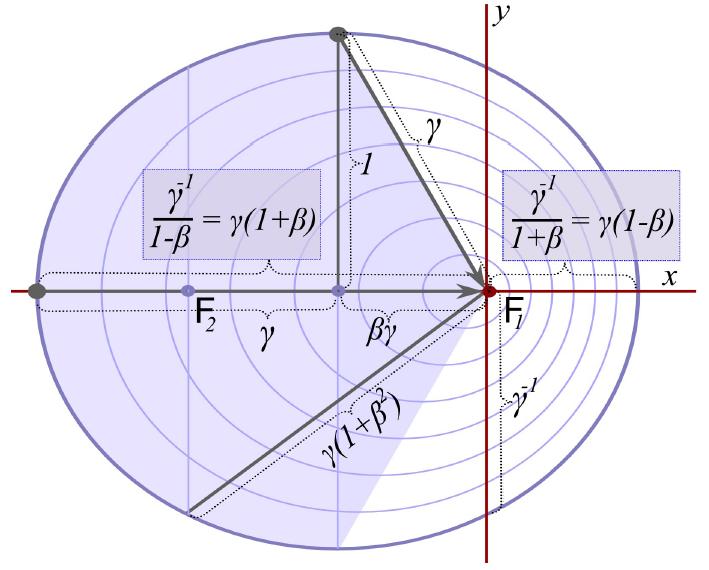If an astronomer moves at relativistic speed, the stars and constellations are distorted. He sees the stars towards which he is moving blue shifted, while the ones he's moving away from are red shifted. In addition, the apparent direction of distant stars is modified. I think that the coolest way of representing this is the "relativistic ellipse".
Think of a spherical shell with the inner surface reflective. Imagine a flashbulb going off at the center. The light is reflected and returns to the source.
Now think of the same situation observed from a moving frame of reference. The light is still emitted and returns to the center at the same time, but that point has now moved. Since the speed of light is the same in all frames of reference, the distance traveled by each light ray has to be the same. So the paths of the light rays (and the boundary of the spherical shell) describes an ellipse, the "relativistic ellipse":

The above drawing is from the book "Relativity in Curved Spacetime" which I highly recommend and can be purchased here or here.
Perhaps when my copy arrives it will have the equation. Should be possible to work it out using Lorentz invariance or contraction or something similar.
Per the answer by Helder Velez, Chapter 4 of Hans de Vries's book has the following useful diagram:

